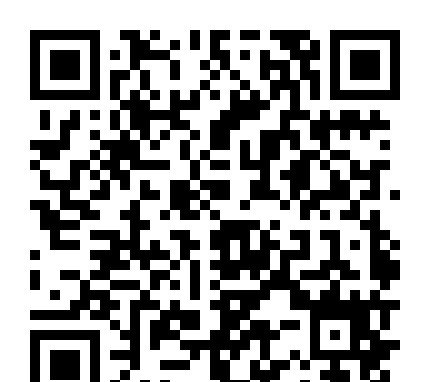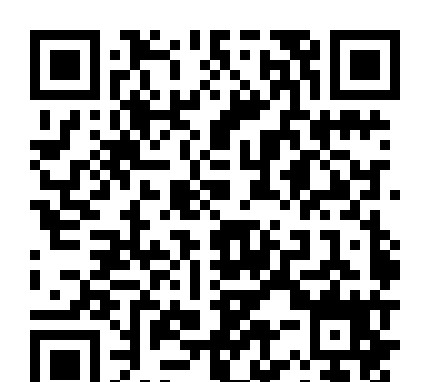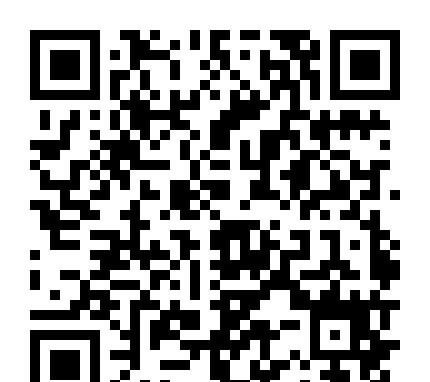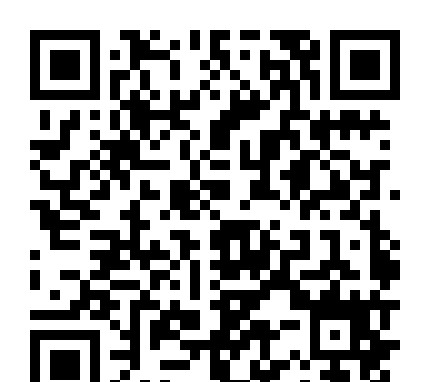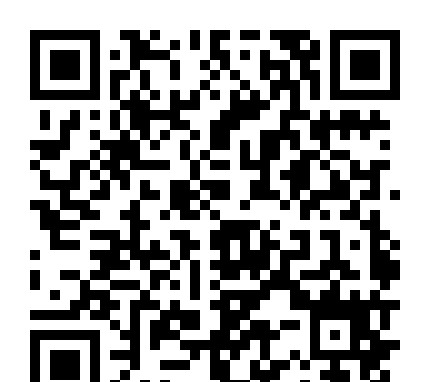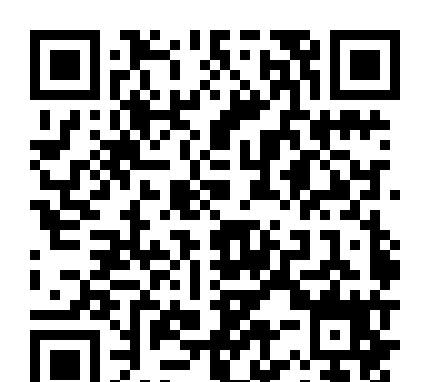GMAT考试-Testprep数学精解(5)
|
A——>B A Therefore, B This diagram displays the if-then statement “A——>B,” the affirmed premise “A ,“ and the necessary conclusion ”B.“ Such a diagram can be very helpful in s howing the logical structure of an argument. Example: (If-then) If Jane does not study for the GMAT, then she will not score well. Jane, in fact, did not study for the GMAT; therefore she scored poorly on the test. When symbolizing games, we let a letter stand for an element. When symbolizi ng arguments, however, we may let a letter stand for an element, a phrase, a clause, or even an entire sentence. The clause “Jane does not study for the GMAT“ can be symbolized as ~S, and the clause ”she will not score well“ can be symbolized as ~W. Substituting these symbolssintosthe argument yields th e following diagram: ~S——>~W ~S Therefore, ~W This diagram shows that the argument has a valid if-then structure. A condit ional statement is presented, ~S——>~W; its premise affirmed, ~S; and then th e conclusion that necessarily follows, ~W, is stated. Embedded If-Then Statements Usually, arguments involve an if-then statement. Unfortunately, the if-then thought is often embedded in other equivalent structures. In this section, w e study how to spot these structures. Example: (Embedded If-then) John and Ken cannot both go to the party. At first glance, this sentence does not appear to contain an if-then stateme nt. But it essentially says: “if John goes to the party, then Ken does not.” Example: (Embedded If-then) Danielle will be accepted to graduate school only if she does well on the GRE Given this statement, we know that if Danielle is accepted to graduate schoo l, then she must have done well on the GRE. Note: Students often wrongly int erpret this statement to mean: “If Danielle does well on the GRE, then she will be accepted to graduate sch ool.“ There is no such guarantee. The only guarantee is that if she does not do we ll on the GRE, then she will not be accepted to graduate school. “A only if B” is logically equivalent to “if A, then B.” Affirming the Conclusion Fallacy A——>B B Therefore, A Remember that an if-then statement, A——>B, tells us only two things: (1) If A is true, then B is true as well. (2) If B is false, then A is false as wel l (contrapositive)。 If, however, we know the conclusion is true, the if-then statement tells us nothing about the premise. And if we know that the premi se is false (we will consider this next), then the if-then statement tells u s nothing about the conclusion. Example: (Affirming the Conclusion Fallacy) If he is innocent, then when we hold him under water for sixty seconds he wi ll not drown. Since he did not die when we dunked him in the water, he must be innocent. The logical structure of the argument above is most similar to which one of the following? (A) To insure that the remaining wetlands survive, they must be protected by the government. This particular wetland is being neglected. Therefore, it w ill soon perish. (B) There were nuts in that pie I just ate. There had to be, because when I eat nuts I break out in hives, and I just noticed a blemish on my hand. (C) The president will be reelected unless a third candidate enters the race …… A third candidate has entered the race, so the president will not be reele cted. (D) Every time Melinda has submitted her book for publication it has been re jected. So she should not bother with another rewrite. (E) When the government loses the power to tax one area of the economy, it j ust taxes another. The Supreme Court just overturned the sales tax, so we ca n expect an increase in the income tax To symbolize this argument, let the clause “he is innocent” be denoted by I, and let the clause “when we hold him under water for sixty seconds he will not drown“ be denoted by ~D. Then the argument can be symbolized as I——>~D ~D Therefore, I Notice that this argument is fallacious: the conclusion “he is innocent” is also a premise of the argument. Hence the argument is circular——it proves wh at was already assumed. The argument affirms the conclusion then invalidly u ses it to deduce the premise. The answer will likewise be fallacious. We start with answer-choice (A)。 The sentence “To insure that the remaining wetlands survive, they must be protected by th e government“ contains an embedded if-then statement: “If the remaining wetlands are to survive, then they must be protected by th e government.“ This can be symbolized as S——>P. Next, the sentence “This particular wetland is being neglected“ can be symbolized as ~P. Finally, the sentence ”It will soon perish“ can be symbolized as ~S. Using these symbols to translate the argument gives the following diagram: S——>P ~P Therefore, ~S The diagram clearly shows that this argument does not have the same structur e as the given argument. In fact, it is a valid argument by contraposition. Turning to (B), we reword the statement “when I eat nuts, I break out in hiv es“ as |

